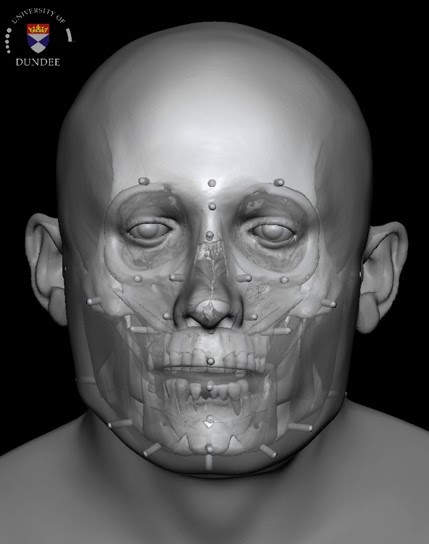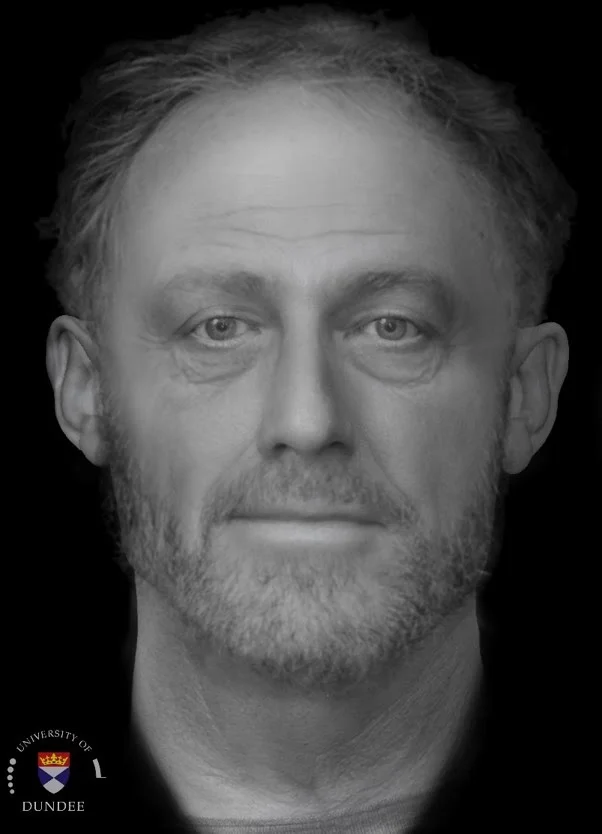A New Complication in Determining Time Since Death?
/In the last few weeks, a few forensics stories have broken, each taking an odd angle on what has previously been considered a tried and true forensic practice. We’re going to look at the first of these stories today.
Determining time since death in an unwitnessed death is a crucial part of any investigation, especially if the death is suspicious. In order to obtain an alibi, investigators need to know approximately when the death occurred so they can determine a suspect’s whereabouts at that specific time.
There are multiple ways to determine recent time since death, including the extent of rigor mortis (the stiffening of the body’s muscles up to approximately 12 hours after death), lividity (the settling and pooling of blood due to gravity), and a decrease in body temperature.
The human body normally functions at 37oC/98.6oF, but after death, with the body’s process of homeostasis interrupted, the body will cool until it reaches the temperature of its surroundings. By and large, the body will cool at a rate of approximately 2oC/3.6oF for the first hour postmortem, and then 1oC/1.8oF thereafter until it reaches ambient temperature. But there are a host of other complicating factors including extreme ambient temperatures, body position, whether it is clothed, humidity levels, fat content of the body, thermal conductivity of the surface beneath the body, and any disease that might raise the body’s resting temperature at the time of death. It’s a complicated set of conditions, but the key factor is that normally a body only cools; it doesn’t warm up after death.
An interesting paper was recently published in the Journal of Forensic Medicine and Pathology detailing a case of postmortem hyperthermia—a rare occurrence where the body temperature actually rises after death. The research team followed the case of a man who died in a Czech Republic hospital from heart failure. Hospital protocol required the deceased remain on the ward for two hours after death. An hour following death, as hospital staff started to prepare the body for transport in another hour, they noticed that the body was radiating heat and started to monitor temperature. An hour and a half after death, the body hit a maximum temperature of 40.1oC/104.2oF. Four hours following death, the body was still above normal at 37.6oC/99.7oF, but it then continued to cool as expected.
The ramifications of postmortem hyperthermia are clear—if it happened following a suspicious death, it would offset the time since death estimation by a number of hours (in this case, approximately 4 hours). For instance, if a murder happened at midnight, the person found dead at 6am might be assumed to have been alive until 4am. This could have serious repercussions as the killer could have a watertight alibi for four hours after the actual time of the murder, and the window of time around the murder itself would never be questioned. Currently, there is no way to predict this drastic postmortem change in body temperature, but researchers are trying to identify circumstances that might lead to this reverse temperature cascade.
Several causes for postmortem hyperthermia have been raised. Intoxication or drug overdoses may cause it. Violent deaths leading to brain trauma giving rise to cerebral oxygen deprivation or asphyxiation can be responsible. Low voltage current electrocution, heart attack, fever, or cancer can all result in hyperthermia at the time of death which could be mistaken for postmortem hyperthermia. Researchers hope to study more cases to be able to provide additional reasons for this often mysterious condition.
So where does this leave investigators? Should they question every time since death estimate? Postmortem hyperthermia certainly raises the argument that multiple metrics are required to inform investigators of an accurate time since death. Using other physical factors is the only way to ensure that in the absence of a witness, the accurate time of a suspicious death is established, giving investigators their best chance to find the individual responsible.
Of course, the author in me automatically thought this would be a great way to muddy the waters in a fictional murder investigation. Food for thought, mystery author buddies... :)











 12.1%
12.1%